MCMXCIV workshop team. Photo: Tobiáš Hrabec
MCMXCIV (1994) is a workshop about the power of music to bring people and communities together, and even change the legislation while doing so. During two weeks we will build our own modular sound system and set out on a quest to push the limits of accepted use of public space. For example using the massive rig in surprising and joyful ways at odd times and places.
The early years of 1990s were the golden era of open air raves and free parties in the UK. Illegal raves and free parties, including the traveller festival circuit, which was steadily growing in the early 1990s, culminated in the 1992 Castlemorton Common Festival. What started as a free festival organised by a few hundred new age travellers turned into a week-long rave with estimated 20,000–40,000 people held in the Malvern Hills in Worcestershire county between 22 and 29 May 1992. The media interest and controversy surrounding the festival led to the legislation that would eventually become the Criminal Justice and Public Order Act 1994.
Part V of the Criminal Justice and Public Order Act 1994 covered collective trespass and nuisance on land and included sections against raves and further sections against disruptive trespass, squatters, and unauthorised campers, criminalising previously civil offences. This also affected many forms of protest including hunt sabotage and anti-road protests. Sections 63–67 in particular defined a rave as “a gathering on land in the open air of 20 or more persons (whether or not trespassers) at which amplified music is played during the night (with or without intermissions) and is such as, by reason of its loudness and duration and the time at which it is played, is likely to cause serious distress to the inhabitants of the locality,” and went as far as to state what “music” is – ““music” includes sounds wholly or predominantly characterised by the emission of a succession of repetitive beats.”
The legislation was not just about raves, but land usage, helping push the “commoners” off the private owned land. The Roma and elderly ramblers joined with ravers to protest the act at parliament. Despite the CJA’s negative impact, something positive came from it, too. It politicised people and inspired them to buy sound systems. Rigs became mobile, making parties and protests collide.
The sound system, originally an essential part of Jamaican music culture and history, and the contribution of Caribbean musicians and musical styles – reggae, ska, dancehall and dub, to name a few – to the British music scene is profound.
The new Police, Crime, Sentencing and Courts Act 2022 which gives more power to the police, criminal justice, and sentencing legislation, and encompasses restrictions on “unacceptable” protests (not-so-subtly as a response to the 2019 Extinction Rebellion and 2020 Black Lives Matter large-scale protests) makes it topical to ponder on the current legislation putting restrictions on communal, non-commercial gatherings and land use.
During the two workshop weeks we will discuss various matters around and within the sound system culture and build our own set of speakers to create a modular sound system rig by the end of the event.
After the workshop the participants will have knowledge of how to assemble their own speakers, including what elements are required and their pricing, basic electrical wiring and working with power tools, and, of course, we’ll be sharing great music with each other throughout the two weeks. At the end of EASA Commons the finished rig was given to the EASA community.
Tutors: Joonas Parviainen, Anton Kiiski
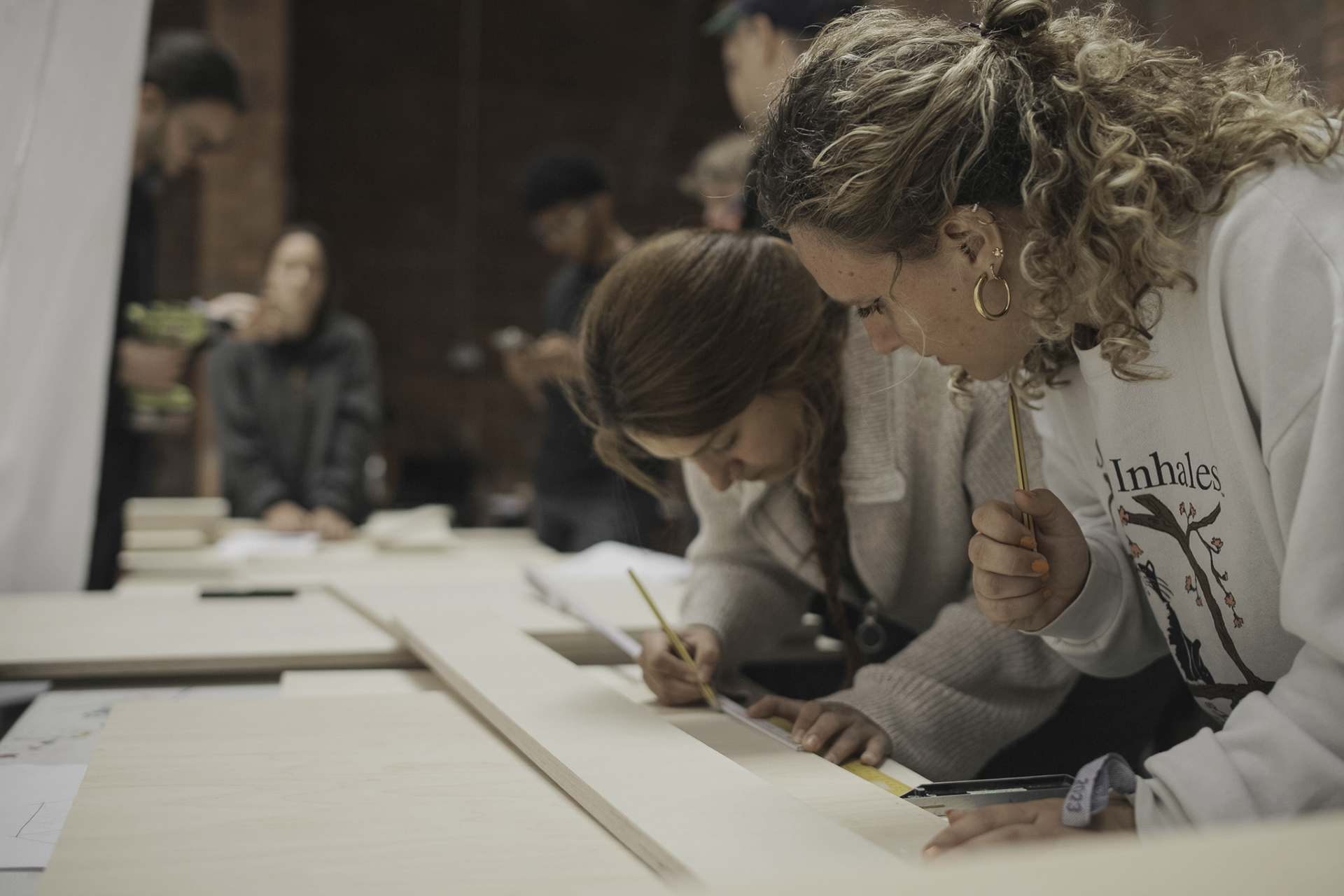
Photo: Tobiáš Hrabec
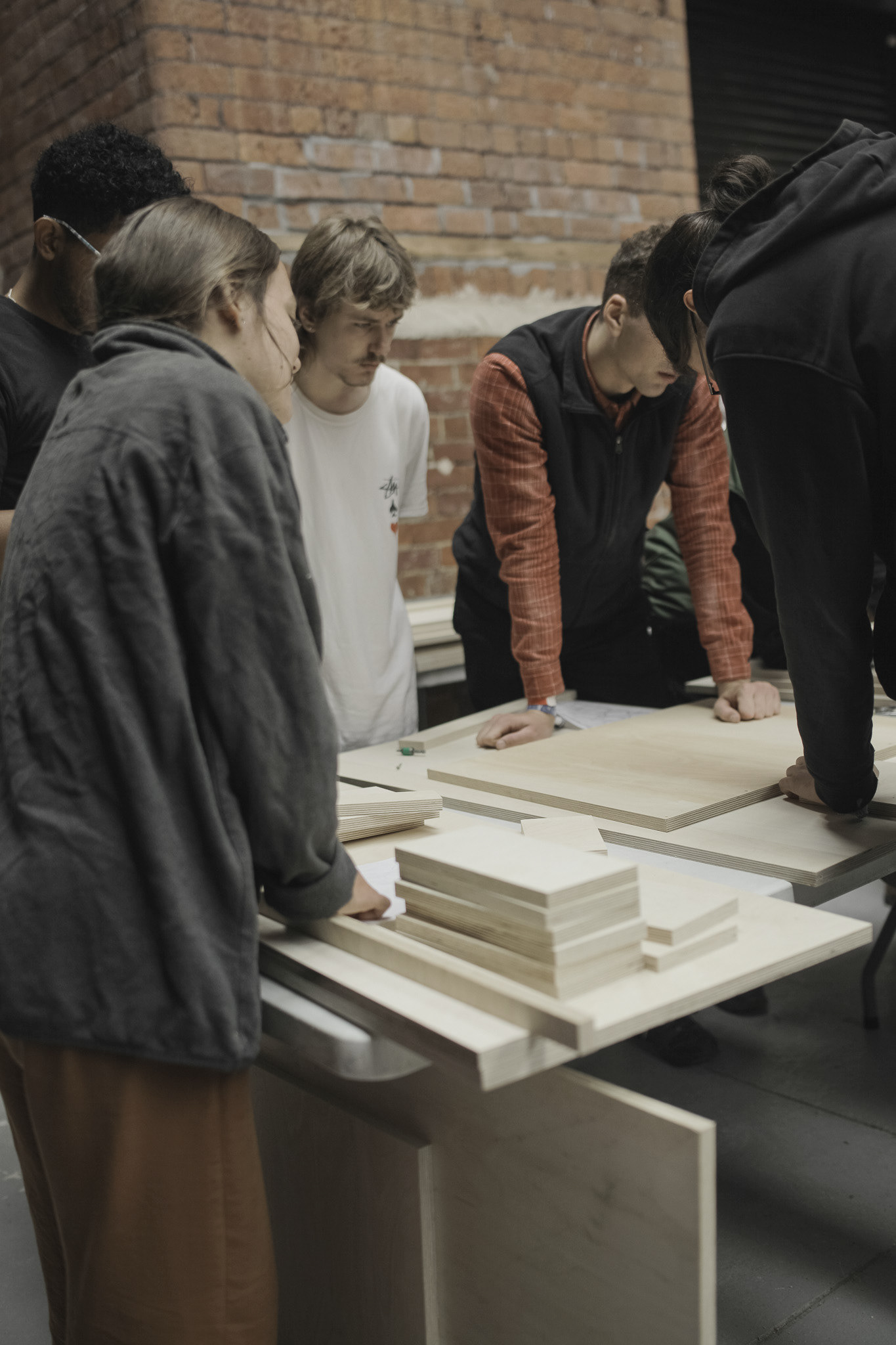
Photo: Tobiáš Hrabec
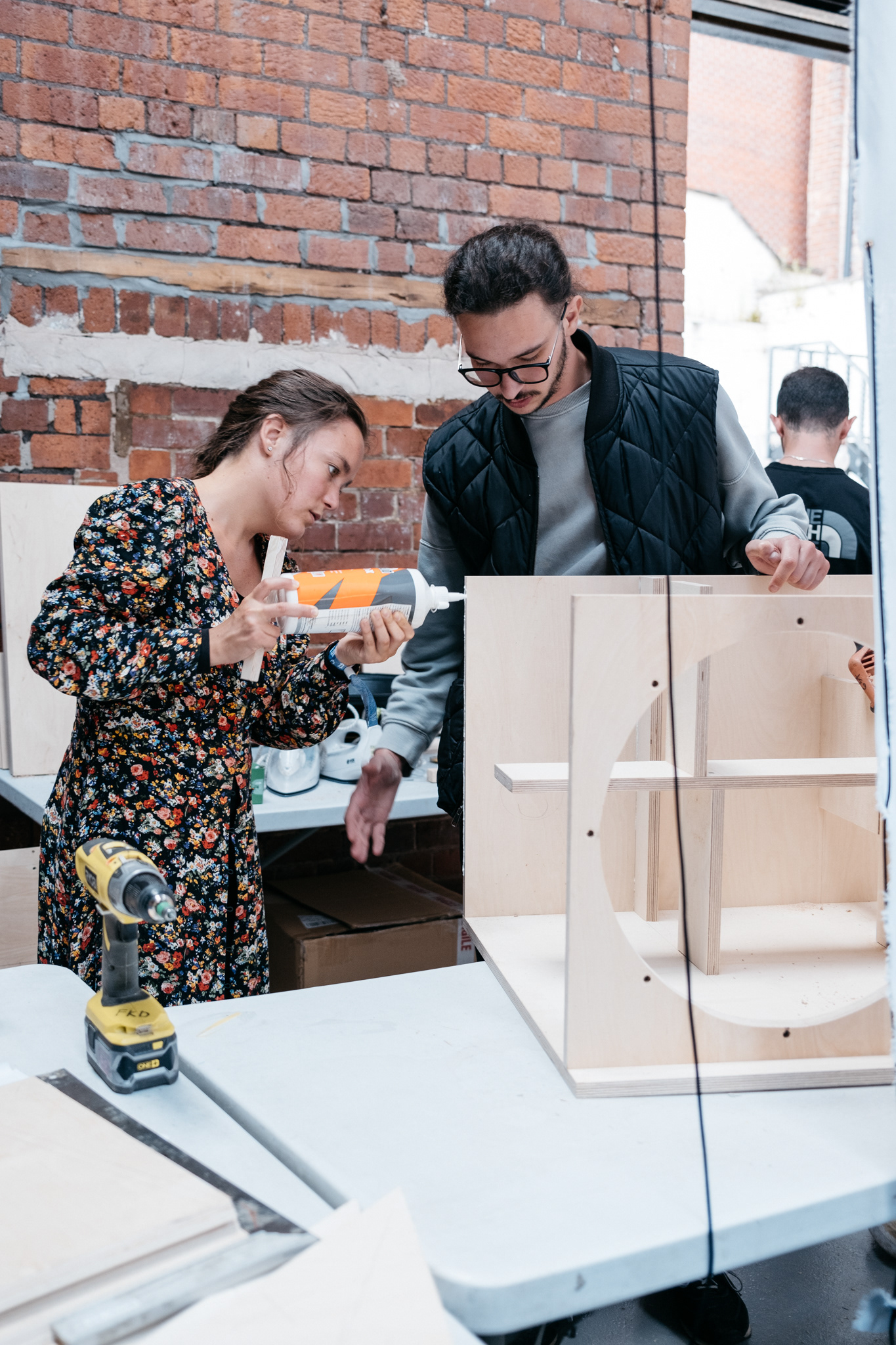
Photo: Vivien Graute

Photo: Vivien Graute
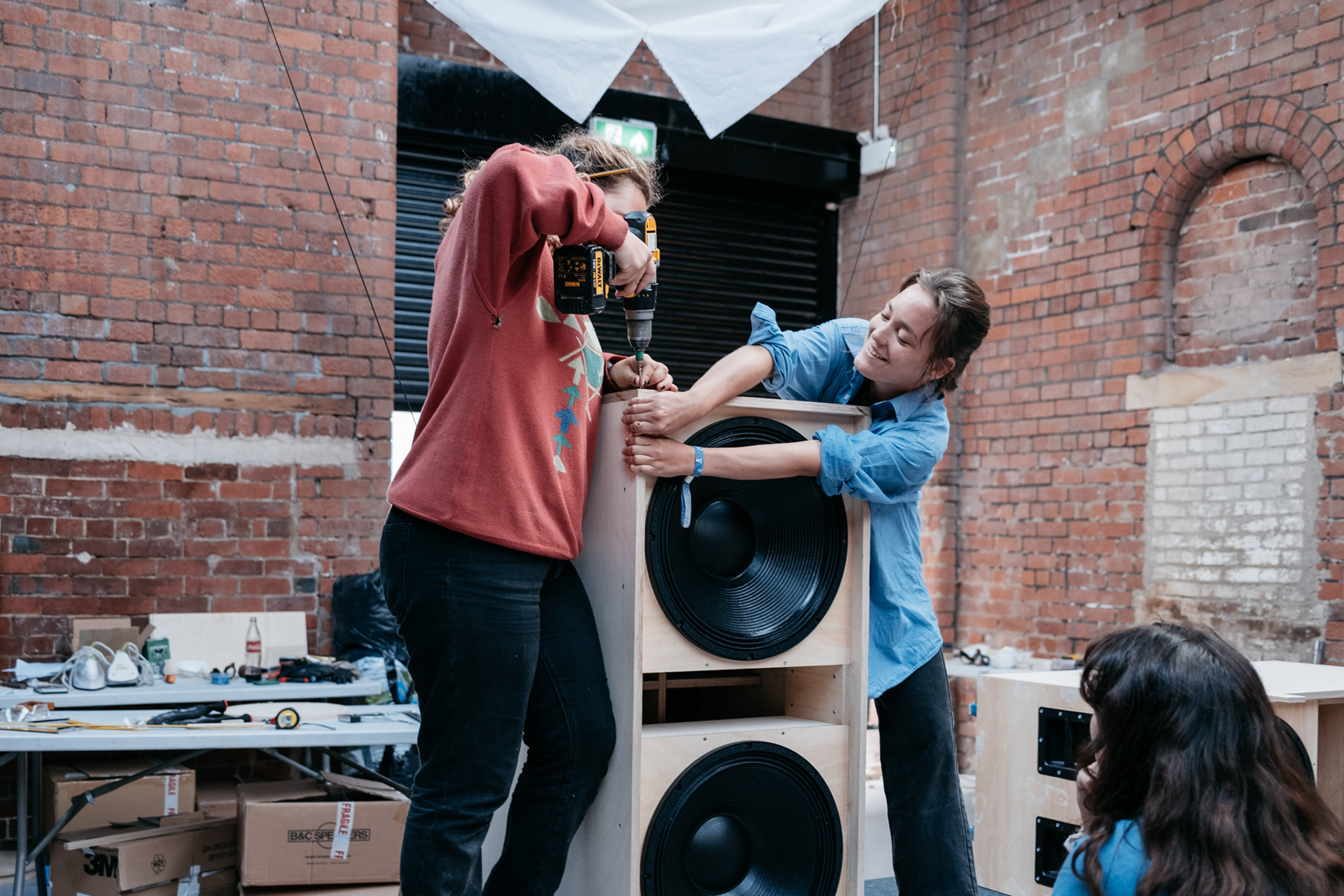
Photo: Vivien Graute
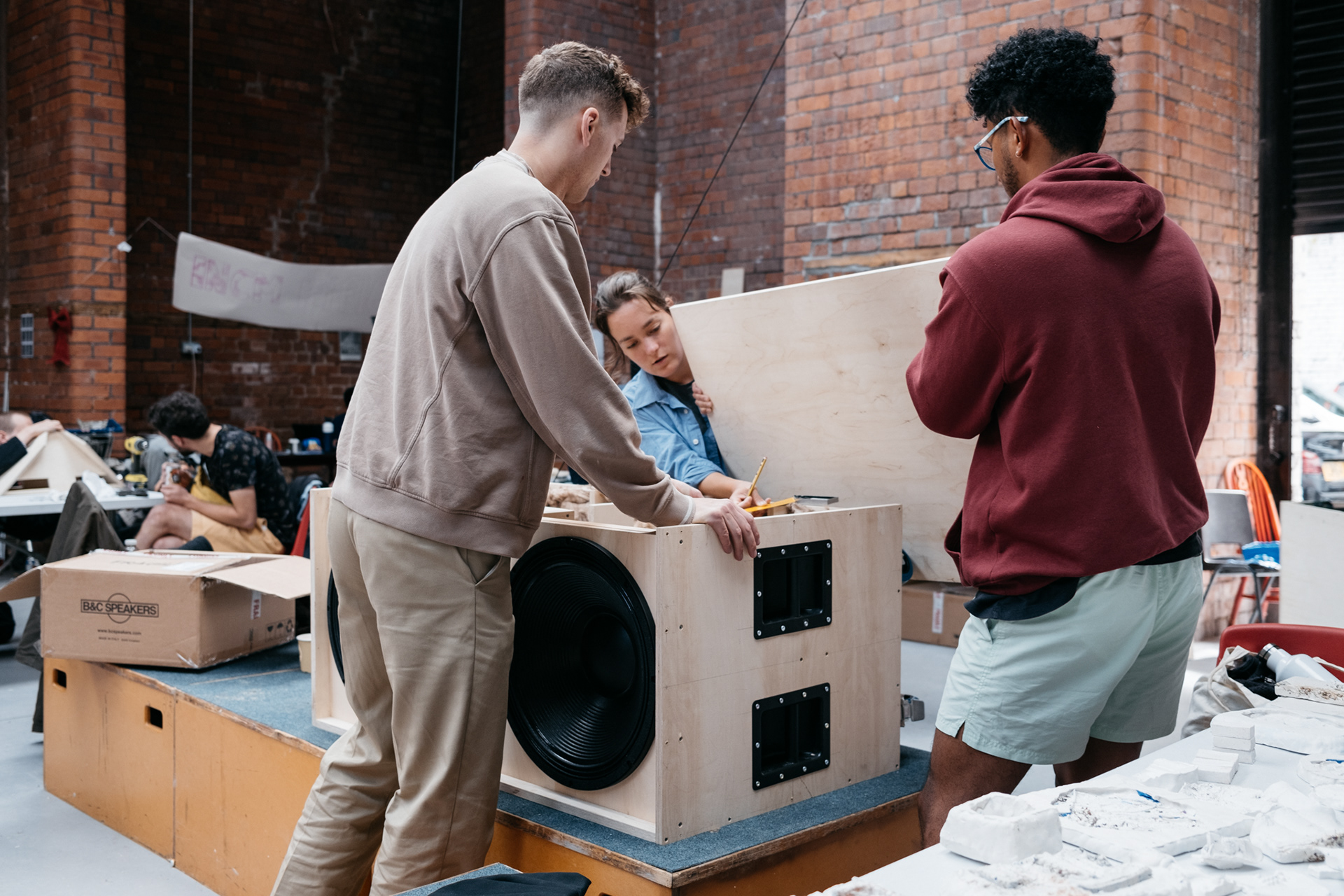
Photo: Vivien Graute
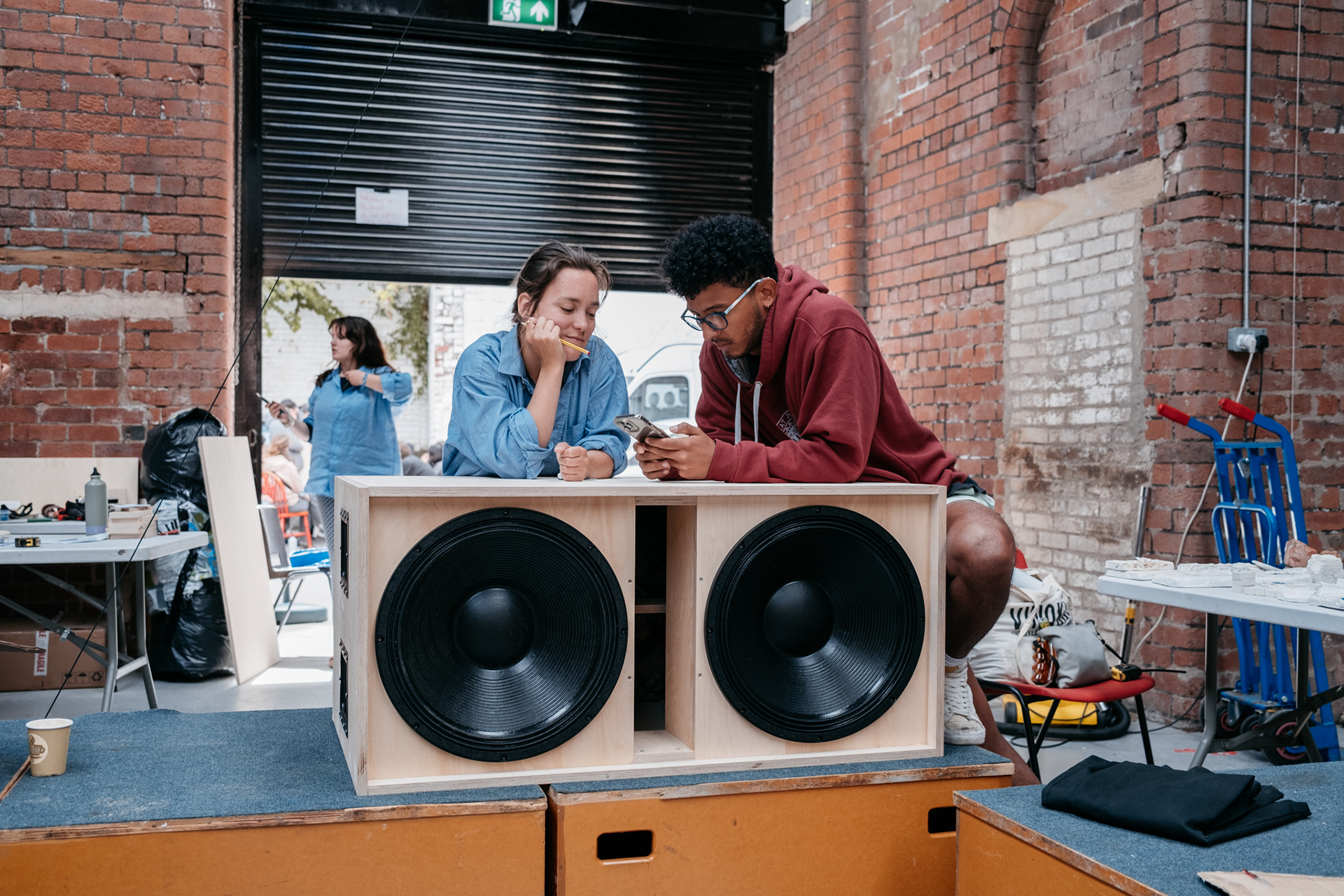
Photo: Vivien Graute

Photo: Tobiáš Hrabec
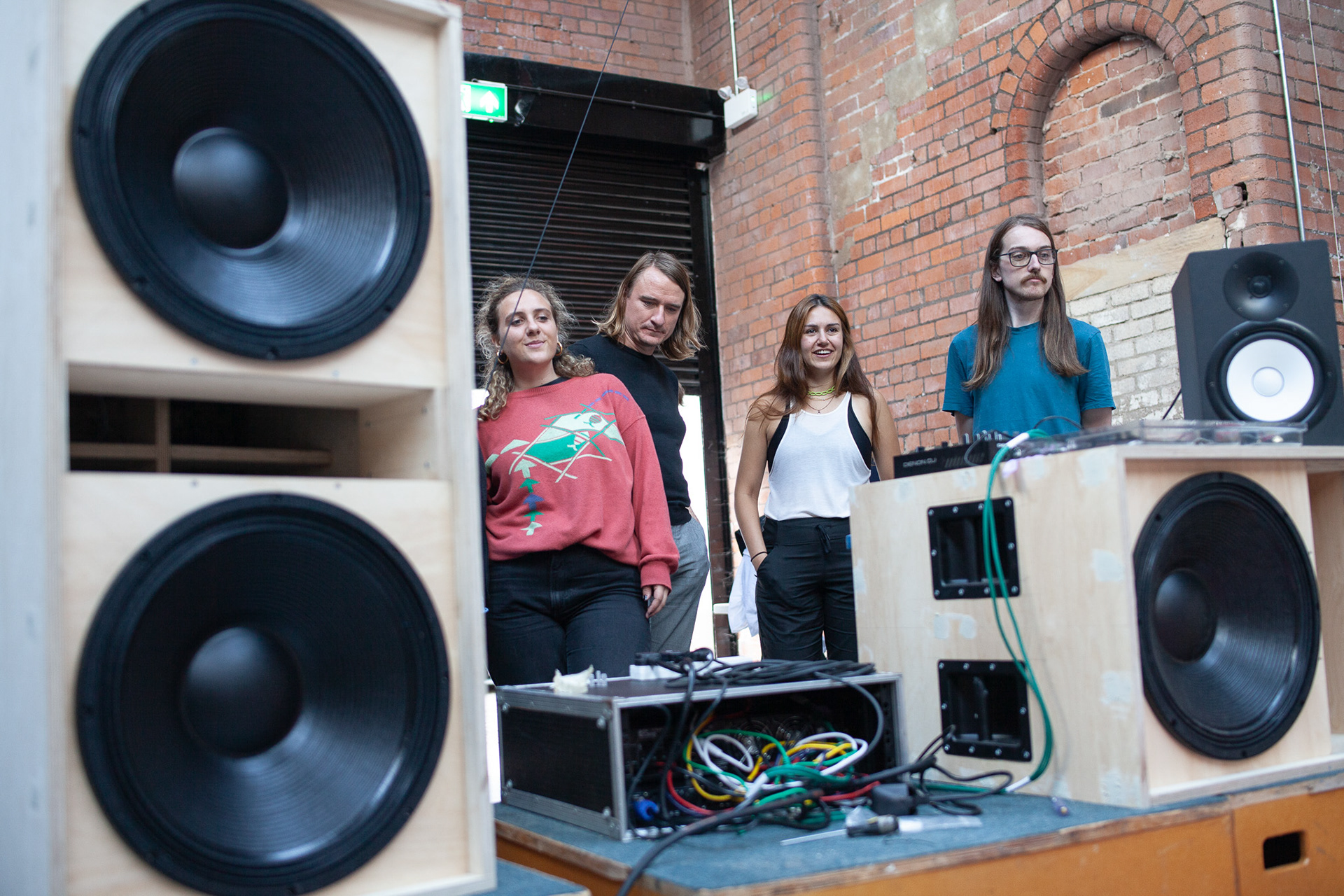
Photo: Tobiáš Hrabec

Photo: Tobiáš Hrabec
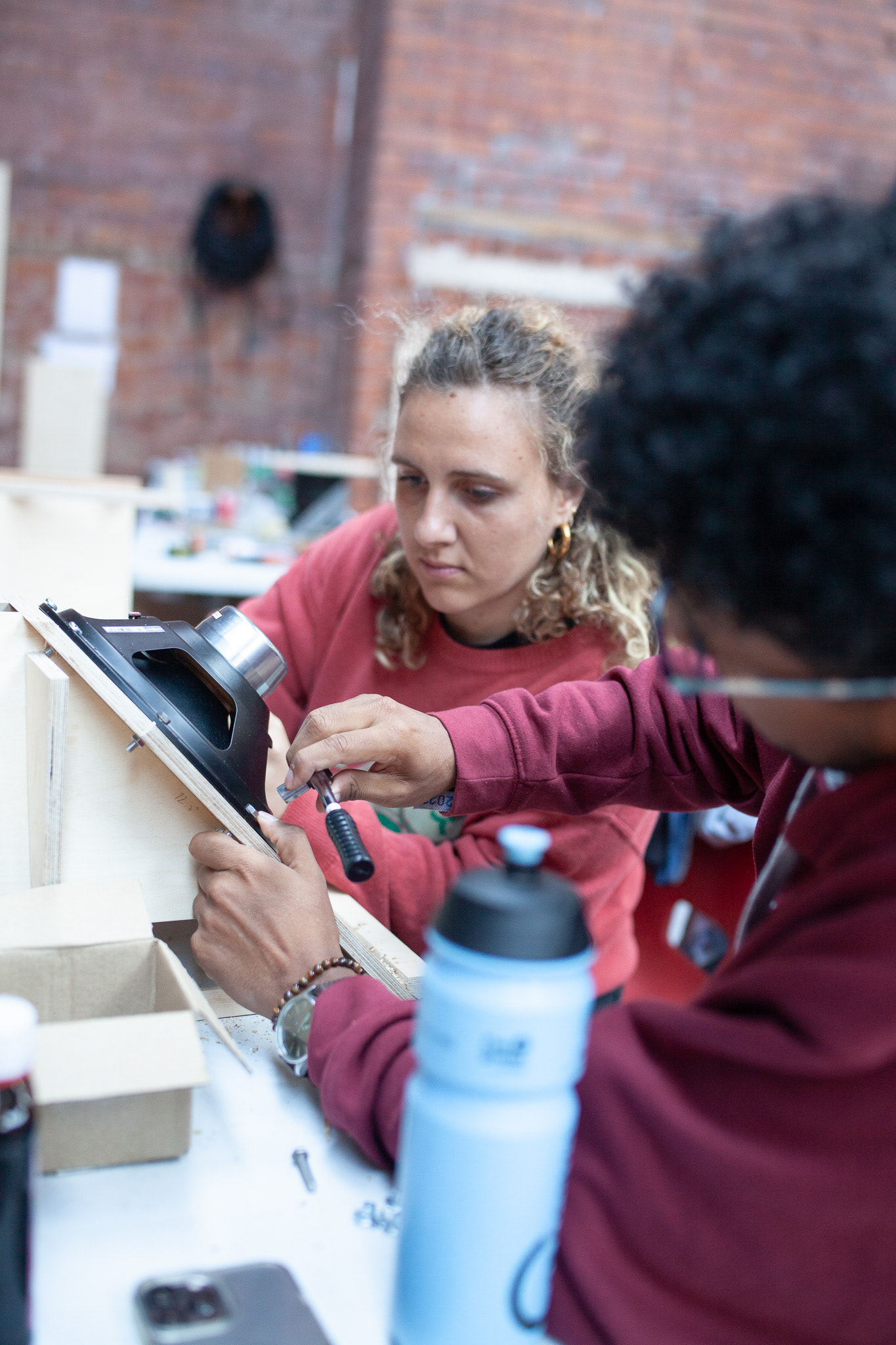
Photo: Tobiáš Hrabec
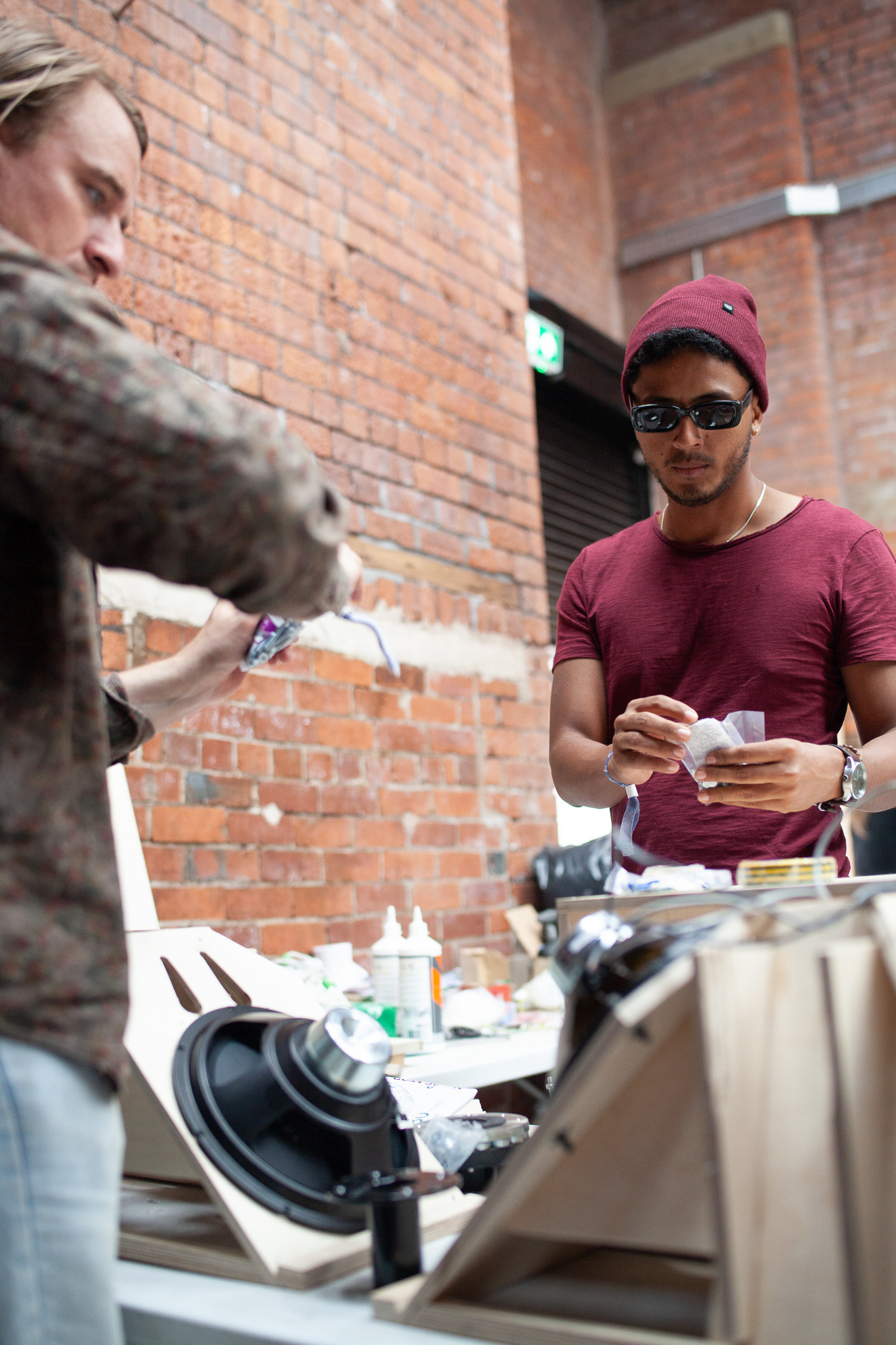
Photo: Tobiáš Hrabec
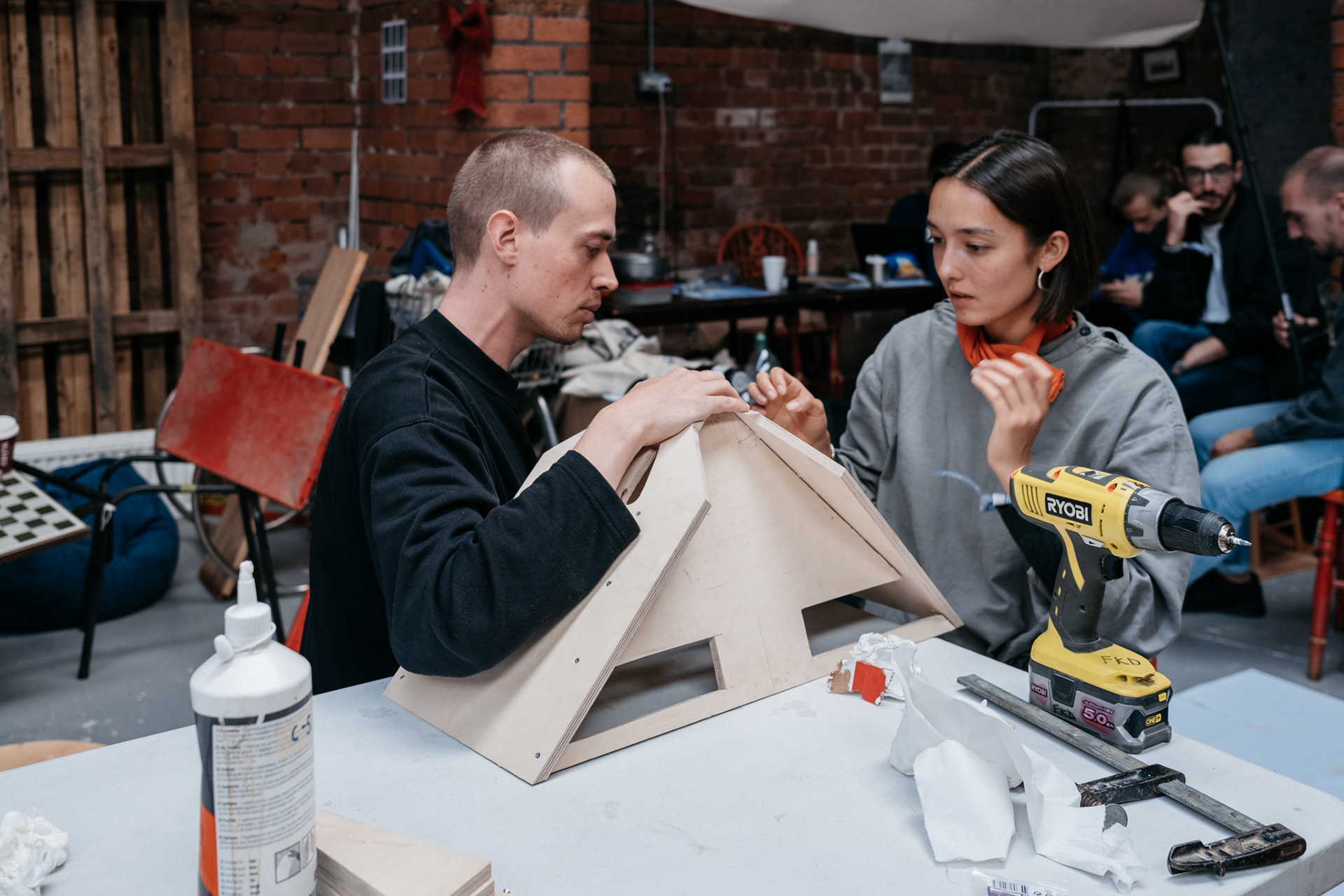
Photo: Vivien Graute
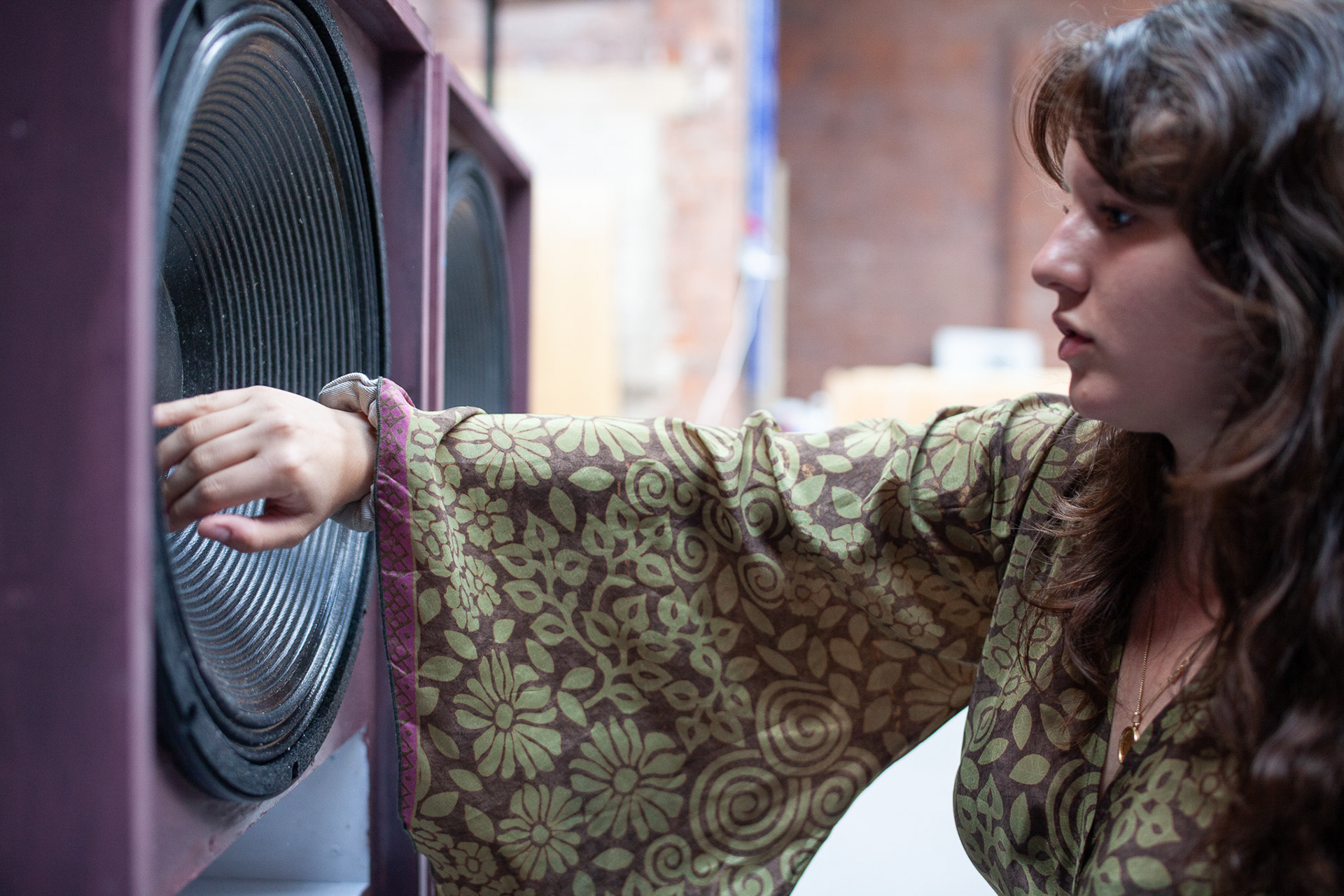
Photo: Tobiáš Hrabec
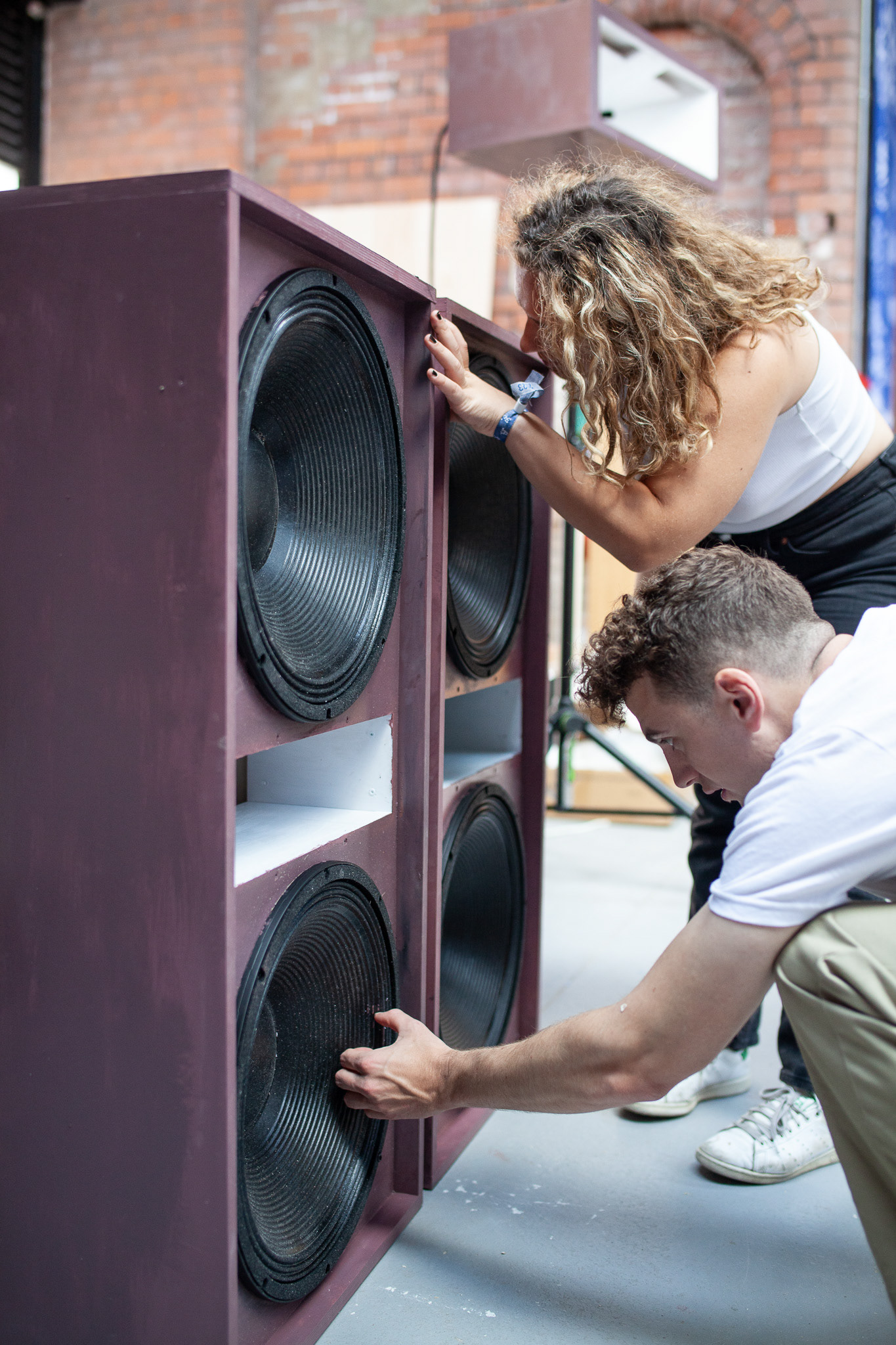
Photo: Tobiáš Hrabec
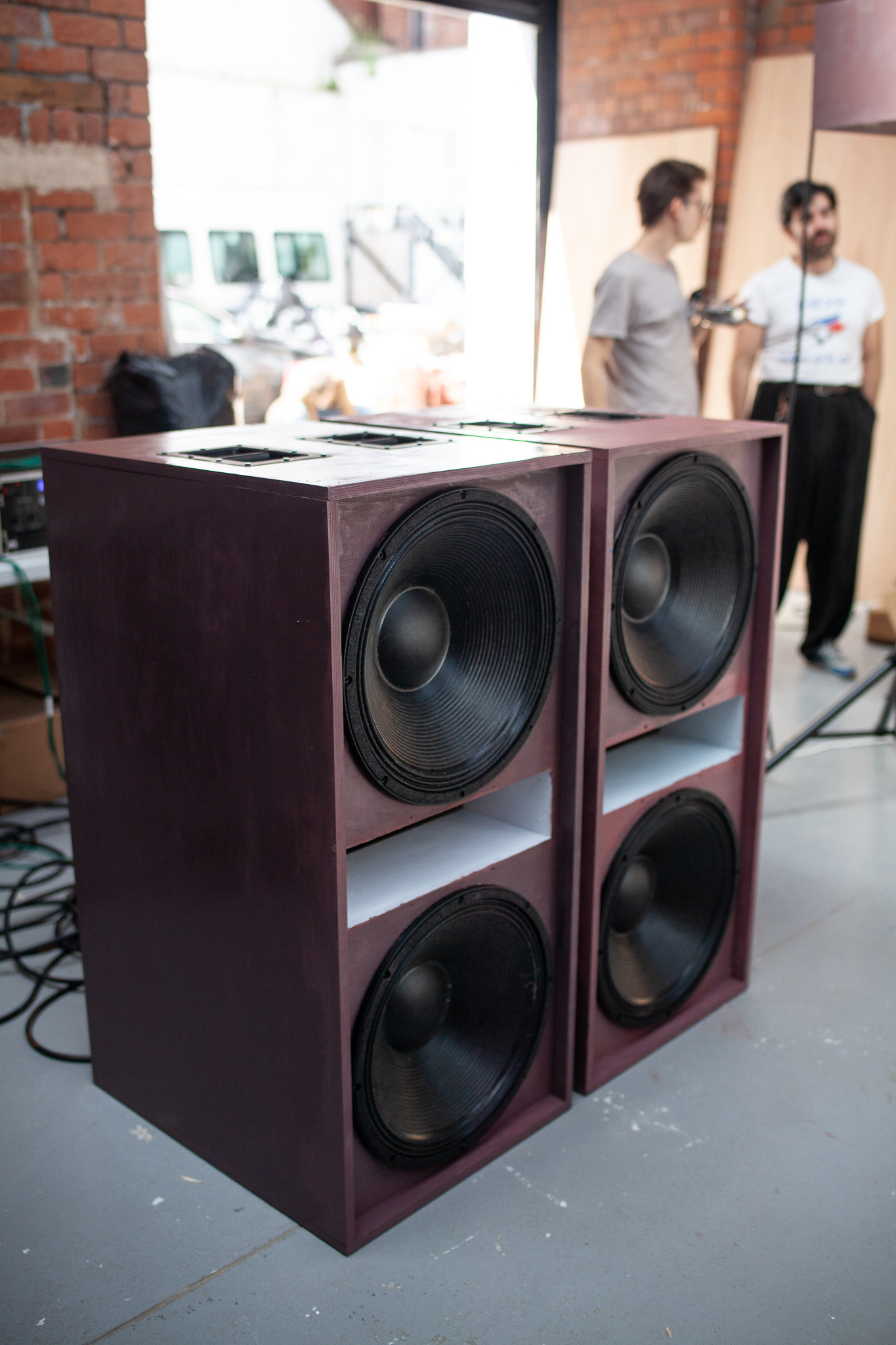
Photo: Tobiáš Hrabec

Photo: Tobiáš Hrabec
